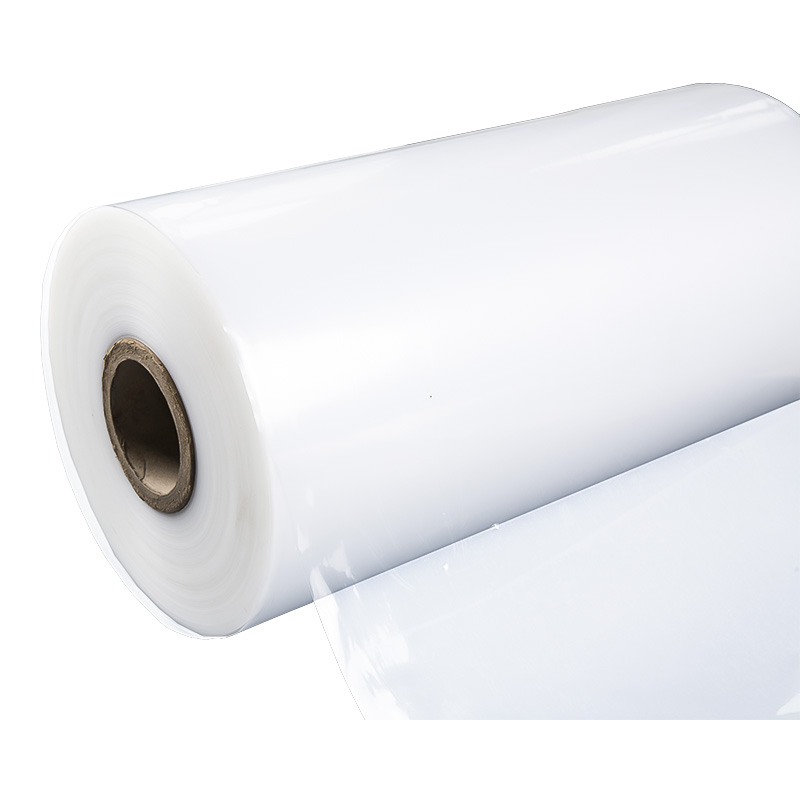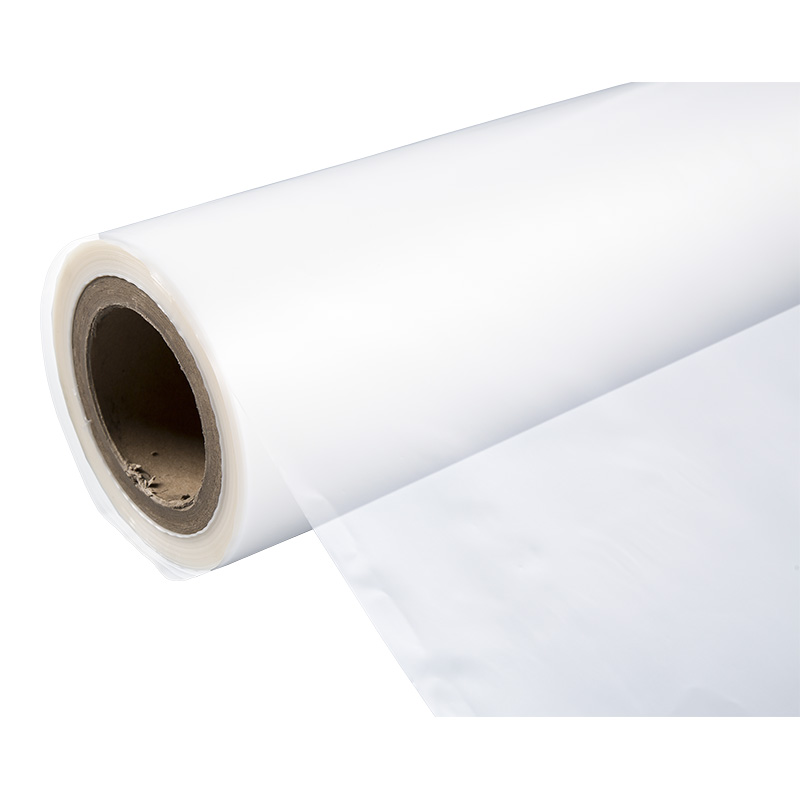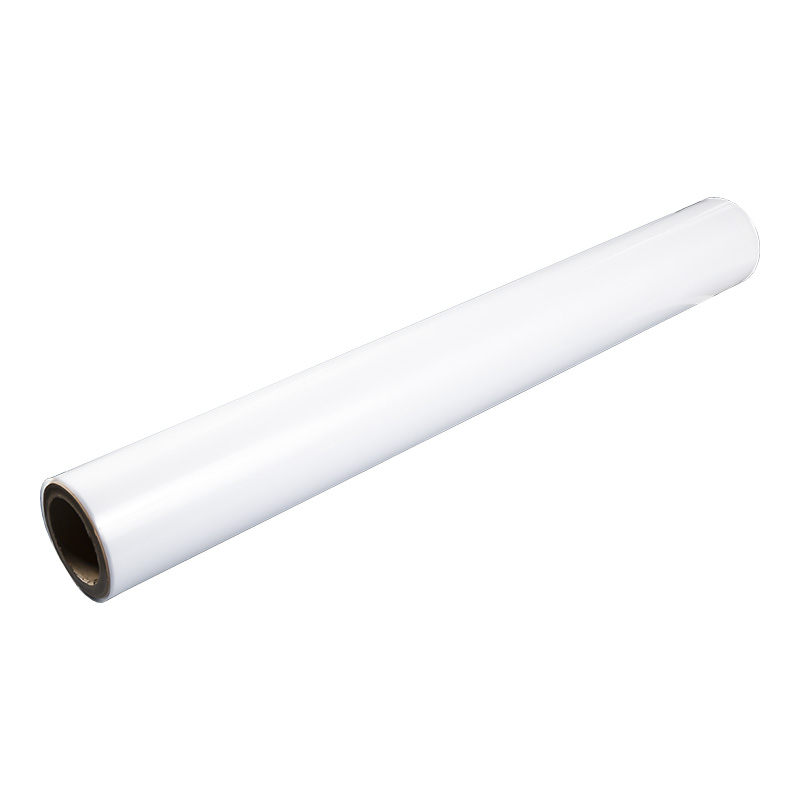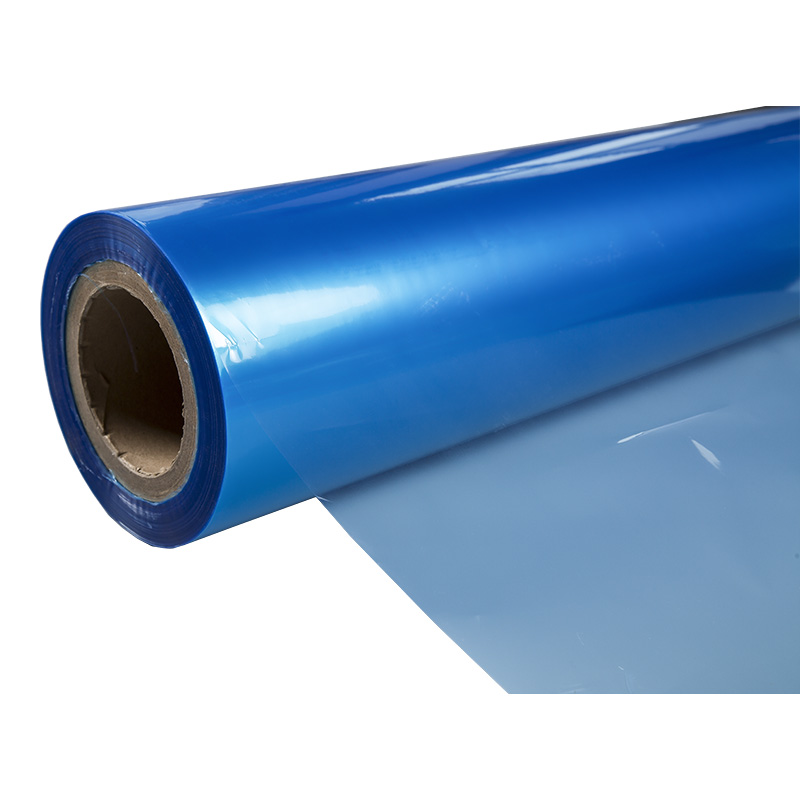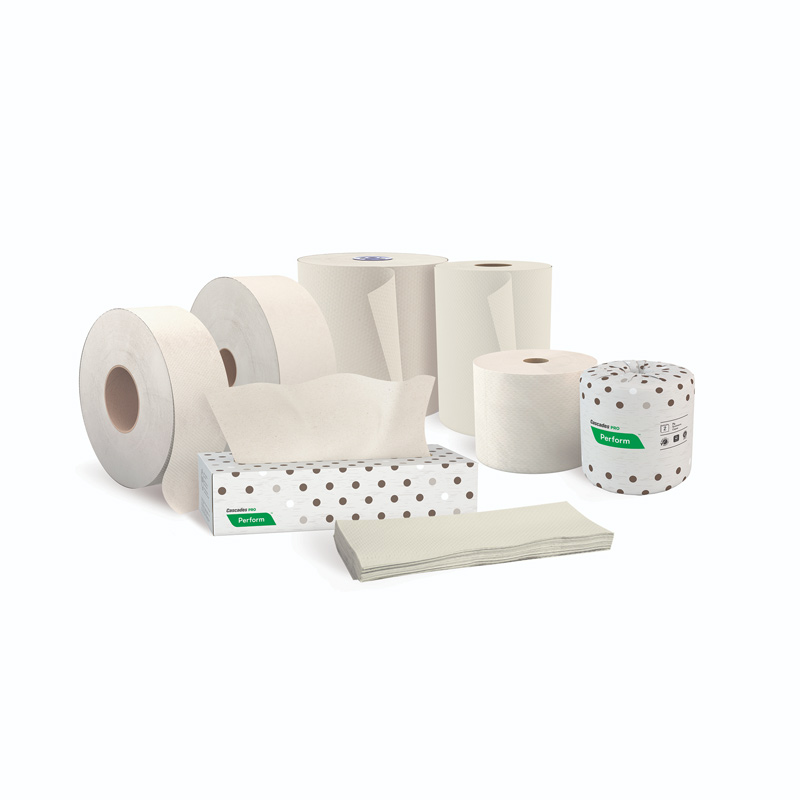Background and Challenges
In the realm of plastics, LDPE (low-density polyethylene) and HDPE (high-density polyethylene) each offer distinct advantages: LDPE is soft, elastic, and easier to process; HDPE delivers greater rigidity, chemical resistance, and load-bearing capacity. Yet their molecular structures, crystallinity levels, and melt behaviors differ significantly, creating compatibility challenges when blending them directly. The original motivation to mix LDPE with HDPE is to leverage the strengths of both: retaining flexibility while enhancing strength and durability. In practice, however, one often encounters phase separation, interface demarcation, and performance degradation. The core challenge lies in striking an effective balance between the two materials.
Performance Characteristics of the Blend
Upon blending LDPE and HDPE, the performance of the resulting material no longer behaves as a simple sum but often shows nonlinear variations. In stress–strain testing, the blend may exhibit premature fracture due to weak interface bonding. Regarding melt flow behavior, adding a higher proportion of LDPE can improve fluidity, thereby reducing injection or extrusion pressure; however, if HDPE is too dominant, melt resistance increases and processing becomes more difficult. From a thermal standpoint, the heat distortion temperature of the blend typically lies between those of the individual polymers, but in high-temperature applications, poorly compatible blends may deform, soften, or thermally degrade. Overall, mixed LDPE/HDPE often demonstrates compromise properties: outperforming pure LDPE in certain metrics, yet struggling to match pure HDPE across the board.
Key Factors That Influence Blend Quality
In the process of mixing LDPE and HDPE, several critical factors profoundly influence the final performance. The first is the blend ratio: inappropriate proportioning easily leads to interfacial layer separation. Secondly, additives (compatibilizers, coupling agents, processing aids, etc.) play a vital role in strengthening interfacial adhesion and promoting co-crystalline structure. Additionally, the processing technique – such as the blending temperature, shear rate, residence time, and cooling rate – will affect phase dispersion and crystalline structure in the blend. Finally, temperature control is essential: if processing temperature is insufficient, the high-density component may not fully melt; too high a temperature might damage the low-density structure or cause thermal degradation. Only when these factors are well matched can the blend approach its intended performance.
Typical Applications and Recycling Practices
In plastic recycling and reuse, blending LDPE and HDPE is often a common strategy. In recycling systems, achieving perfect separation is difficult, making mixed utilization a viable path. In film manufacturing, adding a portion of HDPE to LDPE film can enhance tensile strength and puncture resistance, though too much HDPE may compromise transparency and flexibility. In piping or packaging fields, some products can employ blended materials to reduce cost while maintaining a certain rigidity. In practical implementation, engineers typically design compatibilizer systems for recycled feedstock, adjust processing conditions, and optimize formulations to mitigate performance loss caused by interfacial incompatibility. Some projects further stratify recycled streams, restricting severely contaminated blends to low-demand applications, thereby reducing failure rates.
Future Trends and Strategic Directions
Looking ahead, there remains vast potential in researching blends of LDPE/HDPE. The development of better compatibilizers and interface regulation technology will become critical breakthroughs, leading to advanced blends with self-healing capability, controllable phase structure, and high interfacial strength. Moreover, improving the recycling system is crucial: enhancing sorting precision, expanding the use of compatible blends into higher-end products, and reducing the reliance on low-end or secondary applications. Coupled with advanced characterization techniques and simulation methods, it becomes feasible to more accurately predict blend performance and phase behavior, thereby realizing a closed-loop path from “design → blending → application.” As technological accumulation continues, LDPE/HDPE blends may emerge as an important direction for plastic recycling and material innovation.
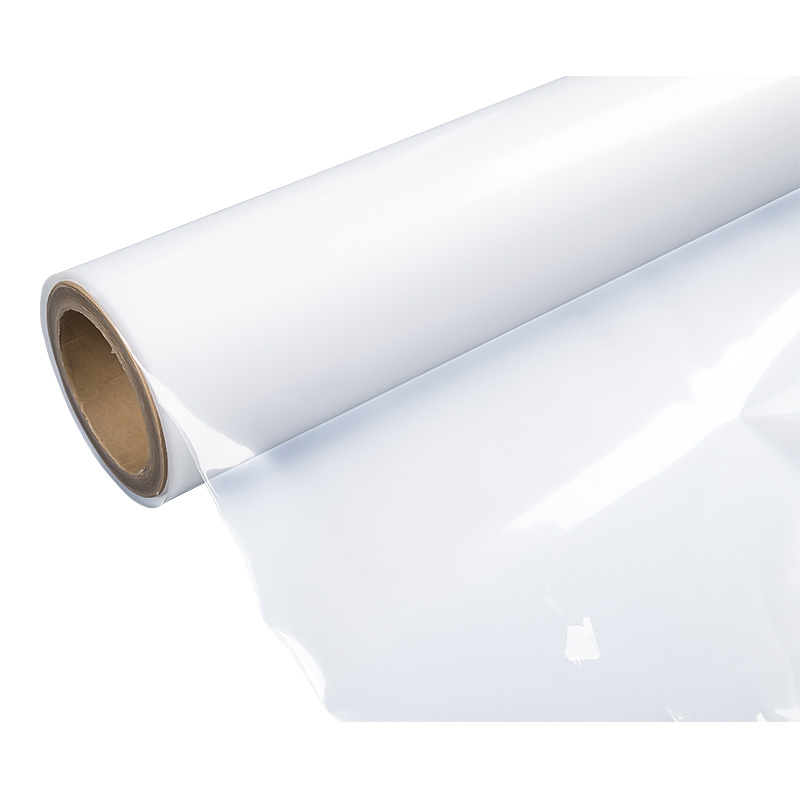
 +86 139-6715-0258
+86 139-6715-0258 
 Monday to Friday 8 am. to 6 pm.
Monday to Friday 8 am. to 6 pm. 
 English
English 中文简体
中文简体